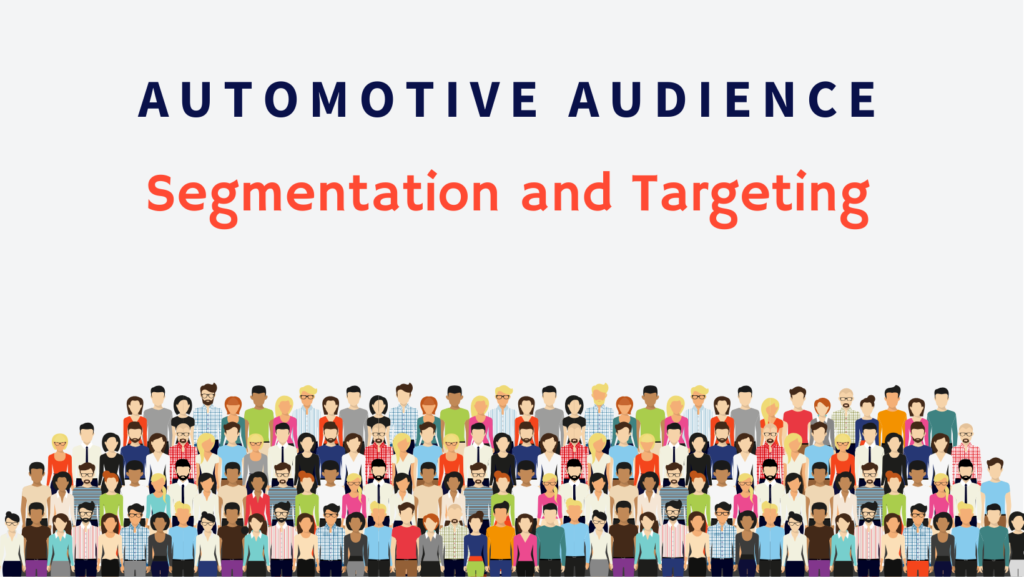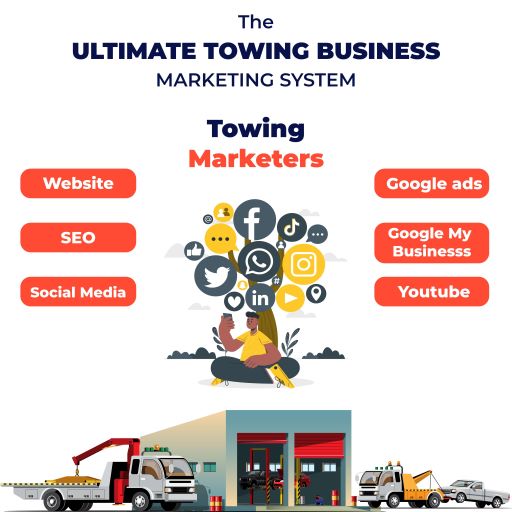Introduction to Automotive PPC Advertising
Pay-per-click (PPC) advertising has revolutionized the automotive industry, offering dealerships and manufacturers a targeted and measurable way to reach potential customers. In this guide, we'll delve into the world of automotive Pay Per Click advertising, exploring its importance, benefits, and strategies for success.

The Importance of PPC in the Auto Industry
The auto industry is highly competitive, with numerous dealerships and manufacturers vying for attention. PPC advertising provides a cost-effective solution, allowing businesses to reach potential customers at the exact moment they're searching for a vehicle. With PPC, you only pay when someone clicks on your ad, making it a measurable and accountable marketing channel.
Key Objectives and Benefits of Automotive PPC
The primary objectives of automotive PPC include:
- Driving website traffic and generating leads: PPC advertising can drive high-quality traffic to your website, increasing the chances of converting visitors into leads and sales.
- Increasing brand awareness and visibility: PPC advertising can help increase your brand's online visibility, reaching a wider audience and building awareness of your dealership or manufacturer.
- Encouraging test drives and sales: By targeting specific audiences and demographics, PPC advertising can drive test drives and sales, ultimately increasing revenue and growth.
Benefits of automotive PPC include:

- Targeted advertising to specific audiences: PPC advertising allows you to target specific demographics, interests, and behaviors, ensuring your ads are seen by the right people.
- Measurable and trackable results: With PPC advertising, you can track every click, conversion, and sale, providing valuable insights into your marketing efforts.
- Flexibility and control over ad spend: PPC advertising allows you to set your own budget and adjust your ad spend in real-time, giving you complete control over your marketing efforts.
- Ability to reach customers at various stages of the buying journey: PPC advertising can target customers at different stages of the buying journey, from research to purchase, ensuring your dealership or manufacturer is top of mind.
Targeting and Reaching the Right Auto Audiences
Effective targeting is crucial in automotive PPC. Here are some strategies to reach the right audiences:

- Targeted Auto Advertising for Specific Audiences:
- Demographic targeting: target specific age groups, genders, income levels, and locations to reach your ideal audience.
- Interest targeting: target car enthusiasts, families, and commuters to reach audiences with specific interests.
- Behavioral targeting: target in-market audiences and purchase history to reach customers who are actively searching for a vehicle.
- Personalized Car Shopper Journeys through PPC:
- Tailor ad messaging and creative to specific audience segments, such as first-time buyers or repeat customers.
- Utilize customer data and insights to inform targeting and ad creative, providing a more personalized experience.
- Geo-Targeted Auto Campaigns for Local Reach:
- Target specific geographic locations, such as cities or zip codes, to reach local customers.
- Use location-based targeting to reach customers who are near your dealership or manufacturer.
- Automotive Audience Segmentation Strategies:
- Segment audiences based on purchase history, demographics, and behavior to create targeted ad campaigns.
- Create lookalike audiences to target new customers who resemble your existing customer base.
Optimizing Automotive PPC Campaigns
Optimization is key to achieving success in automotive PPC. Here are some strategies to improve campaign performance:
- Automotive Search Optimization for Better Visibility:
- Conduct keyword research and analysis to identify relevant keywords and phrases.
- Optimize ad copy and landing pages for relevant keywords, increasing visibility and click-through rates.
- Dynamic Automotive Ad Bidding Strategies:
- Utilize automated bidding strategies, such as Google Ads' Smart Bidding, to optimize ad spend and performance.
- Adjust bids based on performance data and market trends to ensure maximum ROI.
- Voice Search Optimization for Car Buyers:
- Optimize ad copy and landing pages for voice search queries, using natural language and long-tail keywords.
- Utilize voice search-specific ad formats, such as Google Ads' Voice Search Ads.
- Seasonal Automotive Campaigns and Adjustments:
- Adjust targeting and ad creative based on seasonal demand and trends, such as summer sales or holiday promotions.
- Utilize seasonal ad copy and promotions to stay competitive and drive sales.
- Mobile-Friendly Auto Ads for On-the-Go Shoppers:
- Ensure ad creative and landing pages are mobile-friendly, providing a seamless user experience.
- Utilize mobile-specific targeting and ad formats, such as Google Ads' Mobile Search Ads.
Engaging and Converting Auto Shoppers
Engaging and converting auto shoppers is crucial in automotive PPC. Here are some strategies to achieve this:
Automotive Video Advertising for Engaging Content
- Utilize video ad formats, such as YouTube and Google Video Ads, to engage audiences and showcase vehicles in a dynamic and interactive way.
- Create informative and entertaining video content, such as walkaround videos, test drive reviews, and customer testimonials, to capture viewers' attention and drive engagement.
Remarketing Strategies for Nurturing Auto Leads
- Target users who have visited your website or engaged with your ads to nurture leads and encourage conversion.
- Utilize personalized ad messaging and creative to re-engage users and drive them further along the buying journey.
Conversational Auto PPC Ads for Natural Interactions
- Utilize conversational ad formats, such as Google Ads' Responsive Search Ads, to provide a natural and engaging user experience.
- Create ad copy that mirrors natural language and conversation, making users feel comfortable and increasing the likelihood of conversion.
Dynamic Automotive Inventory Ads for Real-Time Showcasing
- Utilize dynamic ad formats, such as Google Ads' Dynamic Search Ads, to showcase real-time inventory and pricing information.
- Ensure ads are updated in real-time to reflect current inventory and pricing, providing users with the most accurate and up-to-date information.
Automotive Pay Per Click Ad Extensions for More Information
- Utilize ad extensions, such as sitelinks and callouts, to provide additional information and calls-to-action.
- Ensure ad extensions are relevant and useful to users, increasing the likelihood of conversion and improving overall campaign performance.
Monitoring and Analyzing Automotive PPC Performance
Monitoring and analyzing performance is crucial in automotive PPC. Here are some strategies to achieve this:
- Automotive Competitor Analysis for Strategic Insights
- Analyze competitors' ad campaigns and strategies to identify areas for improvement and optimization.
- Utilize tools, such as SEMrush and Ahrefs, to analyze competitors' ad copy, targeting, and bidding strategies.
- Automotive PPC Analytics and Data-Driven Optimization
- Utilize analytics tools, such as Google Analytics and Google Ads, to track and measure campaign performance.
- Make data-driven decisions to optimize campaigns, such as adjusting targeting and bidding based on performance data.
- Measuring and Attributing Automotive PPC Success
- Set clear goals and KPIs, such as conversions and ROI, to measure campaign success.
- Utilize attribution modeling to measure campaign impact and ensure accurate attribution.
- Automotive PPC Ad Creativity and Testing
- Continuously test and optimize ad creative and targeting to ensure maximum performance.
- Utilize A/B testing and multivariate testing to identify winning ad combinations and optimize campaigns.
Advanced Automotive Pay Per Click Strategies
Here are some advanced strategies to take your automotive PPC campaigns to the next level:
- Predictive Modeling for Automotive PPC
- Utilize predictive modeling to forecast campaign performance and adjust targeting and bidding accordingly.
- Utilize tools, such as Google Ads' Smart Bidding, to automate bidding and optimization.
- Automotive PPC Retargeting Tactics
- Target users who have abandoned their shopping carts or failed to convert to re-engage them and encourage conversion.
- Utilize retargeting ads to nurture leads and drive them further along the buying journey.
- Automotive PPC for Aftersales and Customer Retention
- Utilize PPC advertising to target existing customers and encourage aftersales and customer retention.
- Offer personalized promotions and offers to existing customers to drive loyalty and retention.
Conclusion and Future of Automotive PPC Advertising
In conclusion, automotive PPC advertising is a powerful marketing channel that can drive website traffic, generate leads, and increase sales. By understanding the importance of PPC in the auto industry, targeting and reaching the right audiences, optimizing campaigns, and utilizing advanced strategies, dealerships and manufacturers can achieve success in automotive PPC. As the industry continues to evolve, it's essential to stay up-to-date with the latest trends and strategies to remain competitive and drive growth.
Recap of Key Takeaways and Best Practices
- Understand the importance of PPC in the auto industry
- Target and reach the right audiences
- Optimize campaigns for maximum performance
- Utilize advanced strategies, such as predictive modeling and retargeting
- Stay up-to-date with the latest trends and strategies
Emerging Trends and Future Outlook
The future of automotive Pay Per Click advertising looks promising, with emerging trends and technologies set to revolutionize the industry. Some key trends to watch include:
- Voice search and conversational ads
- Artificial intelligence and machine learning
- Video and interactive ad formats
- Mobile-first and cross-device targeting
- Data-driven attribution and measurement
By staying ahead of the curve and adapting to these emerging trends, dealerships and manufacturers can ensure success in automotive PPC and drive growth in the ever-evolving auto industry.
